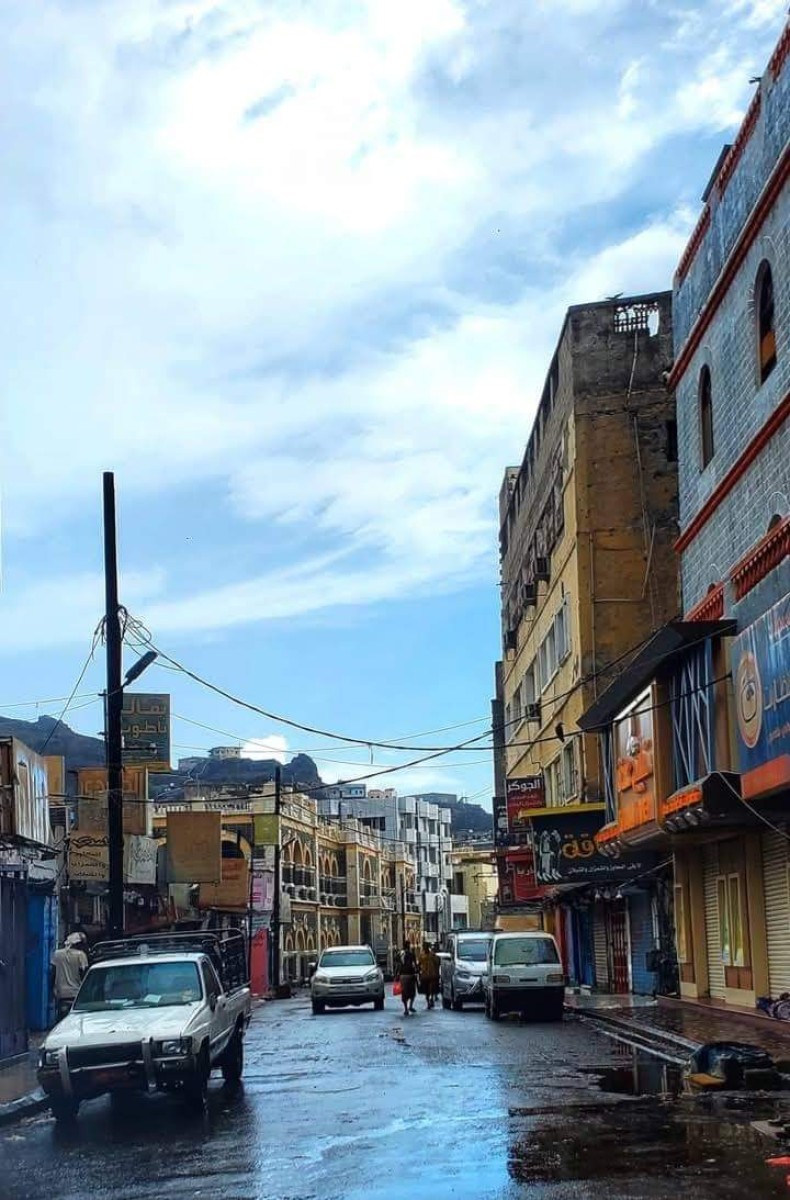Crater is a city of life


The pictures that I showed, this Friday, on some social media outlets of the city of Crater/Aden, after the rains that it witnessed yesterday, inspire sadness that tears the heart.
Crater, the city whose modern urbanization, one day, narrowed with its rocky shield to spread across areas of geography filled with the fragrant, magic and secrets of the sea, which painted its own and wonderful picture, in the form of bays and beaches protected by volcanic structures of rocks and hills, extending from Al-Moalla to Al-Tawahi, From Khor Maksar along the eastern coast, which is known as the Abyan Coast, and to the north are Al-Burayqa, Fqam, Al-Kheesa and Amran.
Crater is the “Book of Genesis” of Aden, the summary of a long era of civilization, steadfastness, and the challenges of misery, in a land whose only qualifications are man and nothing else, and next to it is the sea that has remained loyal to this city and its people in their joys and pains.
In her struggle as a princess of cities, in this region of the world, she was comparable in her defense of her historical model to the Greek and Phoenician maritime cities that, as legends say, mounted the mast of a sailboat that was guided by mermaids toward safe shores. Haqqat and Abu al-Wadi were among the Behind him, they are the beach to which Fouad, the mermaid, descended “in a state of crater,” resurrecting this city from the edge of the ocean in the middle of a crater of an extinct volcano, to confirm another picture of the emergence of the living from the dead.
Throughout all these eras, Crater was a city of life, and it is a sign of this truth embodied by this city’s insistence on survival despite all the challenges it faced from nature, human brutality, and the vicissitudes of time.
Preserving Crater constitutes the turning point between life and death, and it is the point at which we must triumph for life, and with it save the city, and enable it to continue its humanitarian mission that life has a secret that the residents of this ancient city are aware of.